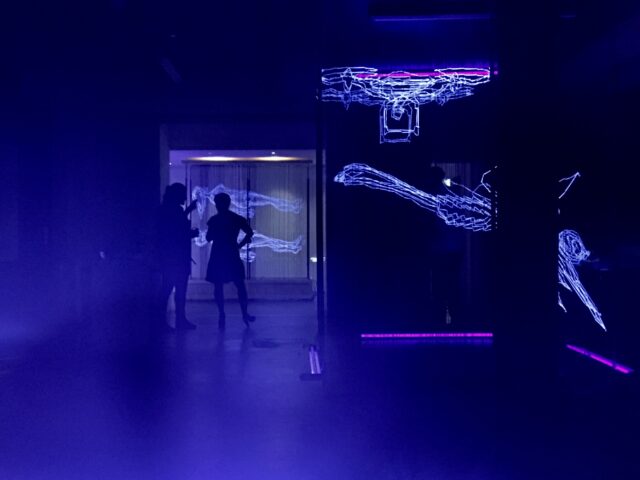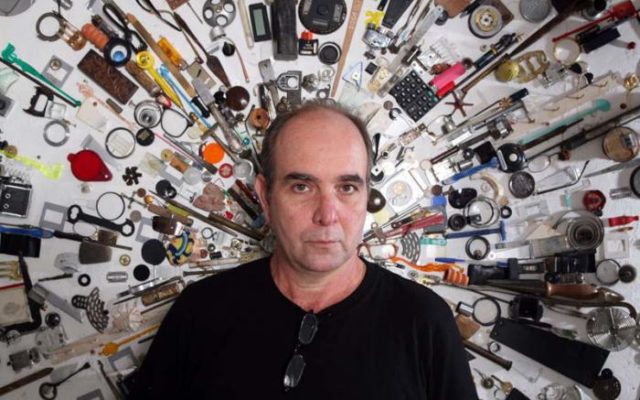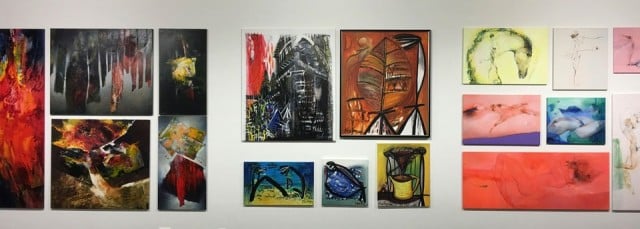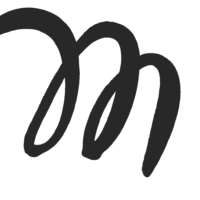Duvier del Dago – Interview by Virginia Alberdi
In the wide-ranging interview, renowned Cuban visual artist Duvier del Dago discusses his unique and intellectual artistry, the inspirations from his childhood and early education, and his experiences in the prominent Cuban art collective, Galería DUPP. He emphasizes the integration of historical events and collective memory in his work, indicating how these elements have come to shape his creative vision. Dago's recent art exhibition in Zurich centers on the ethical implications of drone technology on society, embodying his ongoing fascination with the interplay between technology and nature. The show reflects Dago's belief that…Read more …










